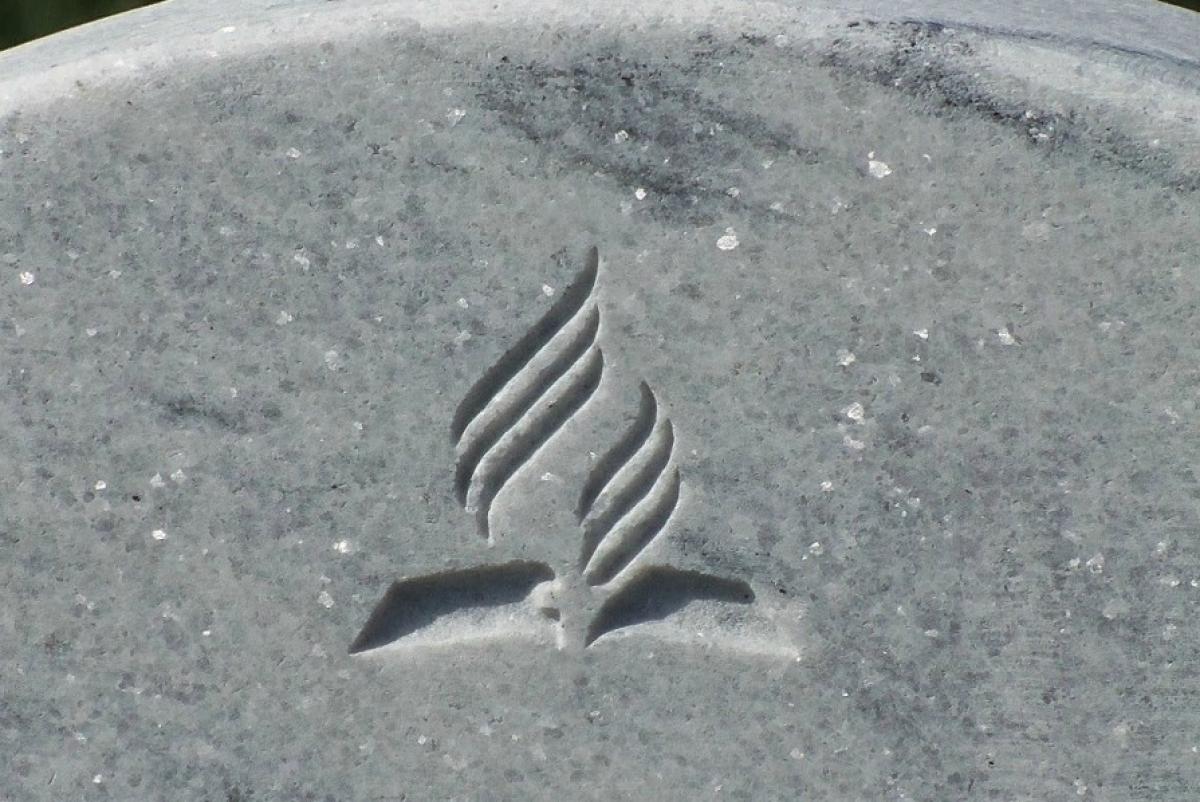- Our Community
- Community Overview City History Community Demographics Chamber of Commerce Events and Activities City Calendar City Parks On-Line Store Cemeteries Local Weather Photo Gallery
- Library School District Public Safety Emergency Management Police Fire ADA Compliance Americans with Disabilities Wall of Honor Wall of Honor
- Grove Regional Airport Grand Lake Association INTEGRIS Grove Hospital Har-Ber Village Lendonwood Garden Playmakers Theatre Cayuga Mission
- Doing Business
- Welcome Visitors
- Grand Lake Association Grove Area Chamber of Commerce Grove Regional Airport Playmakers Theatre
- Cayuga Mission Har-Ber Village Lendonwood Garden Grand River Dam Authority (GRDA)
- On-line Store Photo Gallery Events Where to Eat Where to Stay Where to Park in Downtown Grove Wolf Creek Park & Boating Facility
- Inside City Hall
- Contact City Hall Staff Directory Submit a Complaint or Comment City Code Comprehensive Plan Jobs - Equal Opportunity Employer Non-Discrimination Download Employment Application Submit Employment Application
- Agendas and Minutes City Council Boards and Committees Convention and Tourism Bureau Economic Development Authority Municipal Airport Authority Municipal Service Authority Planning and Zoning Board Zoning Board of Adjustments ADA Compliance Americans with Disabilities
- Departments Administration Airport Buildings and Grounds Community Development Economic Development Finance Fire Emergency Management Municipal Court Police Public Works Utility Services
- Helpful Resources
- Alerts and Notifications Email Subscriptions Events and Meetings Agendas and Minutes City Calendar In the News City News
- Contact the City Staff Directory Submit a Request or Concern Code Red Code Red Login Documents and Forms Documents and Reports Forms, Permits and Applications Maps
- Social Media City of Grove on Facebook Wolf Creek Park on Facebook Grove Animal Control on Facebook Frequently Asked Questions Frequently Used Numbers Helpful Links
Church, Seventh Day Adventist

SEVENTH DAY ADVENTIST CHURCH - The Seventh-day Adventist Church had its roots in the Millerite movement of the 1830s to the 1840s, during the period of the Second Great Awakening, and was officially founded in 1863. In 1831, a Baptist convert, William Miller, was asked by a Baptist to preach in their church and began to preach that the Second Advent of Jesus would occur somewhere between March 1843 and March 1844, based on his interpretation of Daniel 8:14. A following gathered around Miller that included many from the Baptist, Methodist, Presbyterian and Christian Connection churches. In the summer of 1844, some of Miller's followers promoted the date of October 22. They linked the cleansing of the sanctuary of Daniel 8:14 with the Jewish Day of Atonement, believed to be October 22 that year. By 1844, over 100,000 people were anticipating what Miller had called the "Blessed Hope". On October 22 many of the believers were up late into the night watching, waiting for Christ to return and found themselves bitterly disappointed when both sunset and midnight passed with their expectations unfulfilled. This event later became known as the Great Disappointment.
In the mid-1970s, two distinct factions were manifest within Seventh day Adventism. Defending many pre-1950 Adventist positions was conservative wing, while the more liberal Adventism emphasized beliefs of Evangelical Christianity.
A review of membership revealed an average of about 2,900 people were joining the Seventh-day Adventist Church every day, which show the denomination now has 16.6 million adult baptized members according to church statistics. Denominational membership showed strong growth and membership audits showed for 2009 as the seventh consecutive year the church had a net gain of more than one million members. However, David Trim, director of the Archives, Statistics and Research department, who felt the numbers were "not entirely accurate," said the record keeping system was not perfect and audits, would most likely result in a lower overall membership number than the 16.5 million.
Seventh-day Adventism (SDA) follows most of the beliefs of conventional conservative Christianity including creation in six days, original sin, the virgin birth of Jesus Christ and the existence of Satan, just to name a few.
But there are many beliefs that set SDA apart from other Protestant Christians. Below is a list of five of those beliefs:
1. Ellen White Theories: Ellen White is recognized by the Seventh-day Adventist church as having received the gift of prophecy as outlined in Ephesians 4 and 1 Corinthians 12. SDA sees the written works by Ellen White as "a continuing and authoritative source of truth which provide for the church comfort, guidance, instruction, and correction," according to their fundamental beliefs, as listed by Adventist.org.
2. Resurrection: SDA believes when a person dies, they remain unconscious until they are resurrected. Eternal life is a gift which God only grants to those who have accepted the sacrifice of Christ on their behalf. By an act of mercy on the part of God, the wicked will be destroyed by fire. Thus, Seventh-day Adventists do not believe that a person goes to heaven for an eternal reward or to hell for never-ending torture immediately upon death.
3. Investigative judgment: SDA believe in salvation by faith in Christ alone. Good works are seen as evidence of that faith. The investigative or pre-advent judgment, which takes place in heaven before the return of Jesus, reveals to heavenly intelligences who among the dead are asleep in Jesus and will have a part in the first resurrection and who among the living are abiding in Christ and are ready for translation. This judgment vindicates the justice of God in saving those who believe in Jesus.
4. The Second Coming: SDA believes that the second coming of Christ is near and believers should be ready for it at all times. When Christ does come, the righteous Christians who had previously died will be resurrected at that time and taken to heaven. For the following 1,000 years, only Satan and his fallen angels will be living on earth. A second resurrection will occur at the end of that period. At that time Satan and his evil angels, as well as the wicked, will be destroyed. The righteous will then return to a cleansed earth, and establish the New Jerusalem.
5. Lifestyle: When it comes to lifestyle, Seventh-day Adventists hold the belief that the human body is the temple of God and thus should be cared for properly. Because of this, Adventists abstain from harmful substances like alcohol and tobacco, and maintain a vegetarian diet. Abortion is acceptable only when a woman's life is in danger, and in cases where a pregnancy poses a serious moral dilemma.
Click any thumbnail image to view a slideshow

